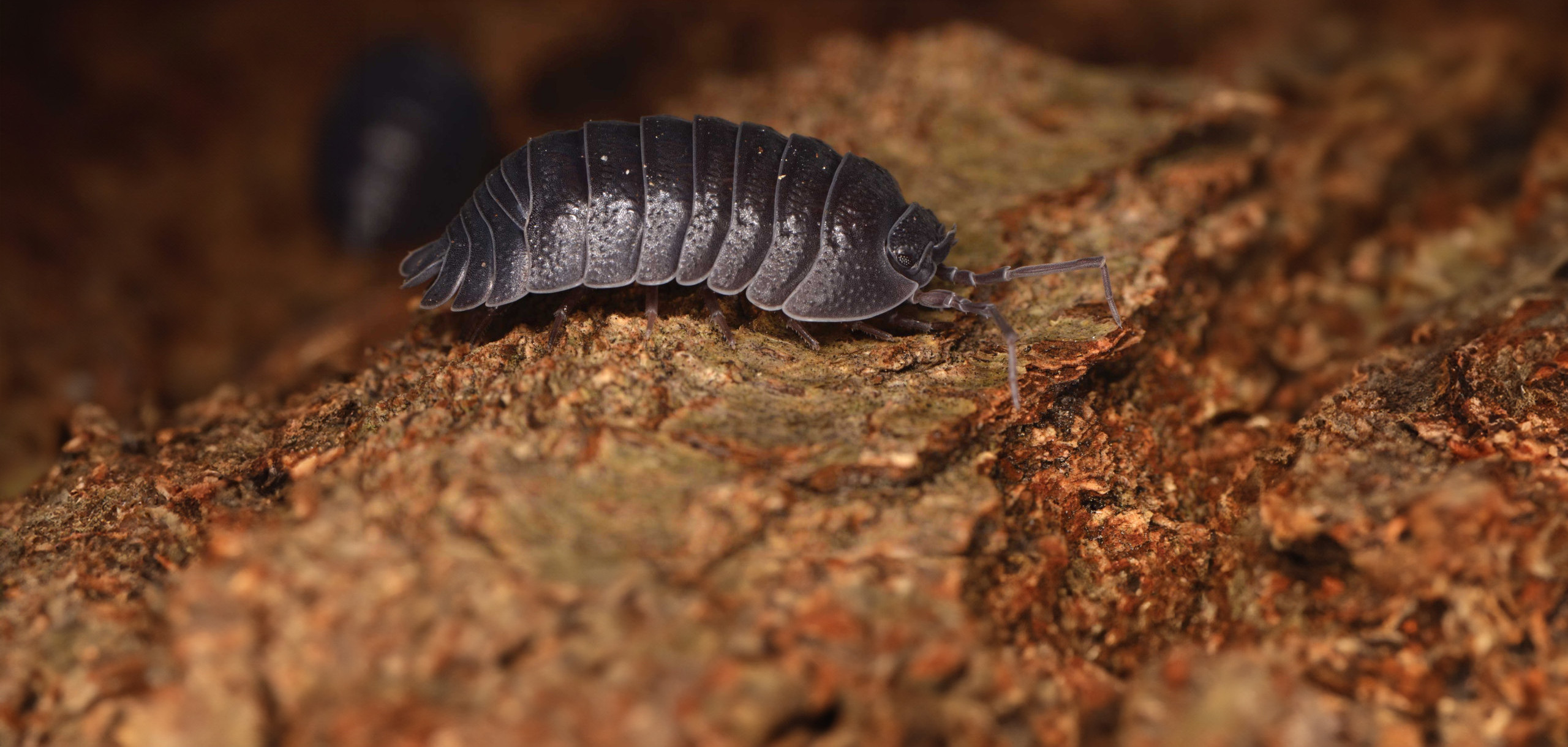Simulating Macroinvertebrate Sampling for Assessing Freshwater Quality

CAROLINA LABSHEETS Overview NGSS Standards Objective Materials Teacher Preparations Quick Links Close Quick Links Open Quick Links Overview NGSS Standards Objective Materials Teacher Preparations Overview NGSS Standards Objective Materials Teacher Preparations Overview Clean, noncontaminated water is an essential natural resource for all living organisms—animals and plants. Assessing water quality provides students the opportunity to gather […]
Lumbriculus: Contraction Rate of the Dorsal Blood Vessel

Carolina LabSheets™ Overview In this introductory physiology lab, students determine the contraction rate of the dorsal blood vessel of the blackworm Lumbriculus. Students then design and conduct an experiment to determine the effect of temperature change or chemical exposure on the contraction rate. Student Lab Sheet Needed Materials* Lumbriculus culture (141720 for 30 students) dropping […]
Investigating Hatching of Brine Shrimp Eggs

Carolina LabSheets™ Overview In this lab students study the hatching of brine shrimp eggs and design an experiment to see what factors influence hatching. Brine shrimp, genus Artemia, are found in saline lakes on all continents except Antarctica. They tolerate a wide range of salt concentrations. Brine shrimp produce two different types of eggs. In […]
Introduction to Protists: Amoeba

Carolina LabSheets™ Overview In this lab, students will observe Amoeba proteus as an example of an animal-like protist. Traditionally, amoebas were classified under Domain Eukarya, Kingdom Protista, and Phylum Amoebozoa. However, it is widely recognized that Protista is not a natural grouping. Amoebozoa are more closely related to fungi and animals than they are to […]
Protists: Key to Algae Mixtures

Carolina LabSheets™ Overview In this lab activity students use a simple dichotomous key to identify several genera of algae contained in our algae mixtures. The key avoids the use of highly technical terms so that even beginning students can use it. Student Lab Sheet Key to Algae Mixtures Needed Materials Algae Mixture (see recommendations below) […]
Bacterial Growth on MacConkey Agar

Carolina LabSheets™ Overview In this lab studentsculture three bacteria on nutrient agar and MacConkey agar and record the results. Nutrient agar is nonselective, meaning that it supports the growth of a broad range of bacteria. MacConkey agar inhibits the growth of Gram-positive bacteria and is thus a selective medium. MacConkey agar is also a differential […]
Vinegar Eels

Carolina LabSheets™ Overview In this lab, students observe vinegar eels. These small animals, barely visible without magnification, are found in unpasteurized cider vinegar, where they feed on the bacteria responsible for the conversion of apples to vinegar. Vinegar eels, Turbatrix aceti or Anguillula aceti (Muller, 1783), are examples of roundworms, or nematodes.. Download Student Lab […]
Investigating a Phenotype

Carolina LabSheets™ Overview A phenotype is an expressed trait. Most phenotypes studied in introductory genetics classes are visually conspicuous traits such as wing shape or eye color. In this activity, students investigate a phenotype that is not so conspicuous, and they perform a simple chemical test to reveal the underlying basis of the phenotype. Corn […]
Seed Germination

Carolina LabSheets™ Overview The story of how a seed becomes a plant is fascinating to young students. These activities will help them explore the process of germination. Students will observe the internal structure of a seed, seed germination, and early seedling growth. The activities are recommended for grades K–4 and can be done as part […]
Pill Bug Behavior

Carolina LabSheets™ Overview This activity is an introduction to animal behavior. Students conduct an experiment to test the response of pill bugs (Armadillidium vulgare) to conditions of low and high humidity. Pill bugs are crustaceans. Most crustaceans are aquatic, but pill bugs are terrestrial. Even so, they retain gills as respiratory organs, which restricts them […]
